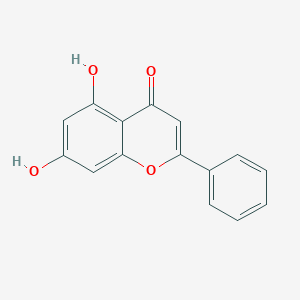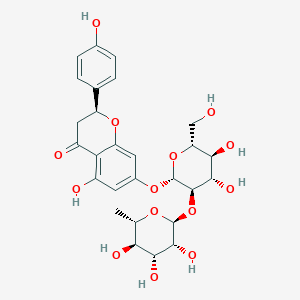Description
Chrysophanol is a naturally occurring chemical molecule in the anthraquinone family. It is a yellow crystalline material found in plants such as rhubarb, aloe vera, and certain lichen species.
Chrysophanol has been utilized in Chinese medicine for centuries for its purgative and anti-inflammatory effects. It has also been investigated for its anticancer, antibacterial, and antioxidant properties.
The compound has a number of applications, including use as a dye in the textile industry and as a food colorant in the food industry. In recent years, there has been a surge of interest in chrysophanol as a natural alternative to synthetic medications for the treatment of a variety of disorders.
The main benefits and applications of Chrysophanol include:
- Antimicrobial Properties: Chrysophanol has been shown to have antimicrobial effects against a variety of bacteria and fungi. This makes it useful in the development of new antibiotics and antifungal agents.
- Anti-Inflammatory Effects: It exhibits anti-inflammatory properties, which makes it a potential ingredient in treatments for conditions involving inflammation.
- Antioxidant Activity: Like many compounds with a similar structure, Chrysophanol acts as an antioxidant. This activity can help protect cells from damage caused by free radicals.
- Laxative Effects: Historically, Chrysophanol has been used as a laxative due to its presence in rhubarb. This effect is attributed to its ability to stimulate the muscles of the digestive tract.
- Potential Anticancer Effects: Some studies have suggested that Chrysophanol might have anticancer properties, although this application is still in the early stages of research.
- Use in Traditional Medicine: In traditional medicine systems, such as Traditional Chinese Medicine (TCM), Chrysophanol has been used for various treatments, including skin disorders and constipation.
- Potential in Skin Care Products: Due to its antimicrobial and anti-inflammatory properties, Chrysophanol could potentially be used in skin care products, especially those targeting acne or other skin infections.





